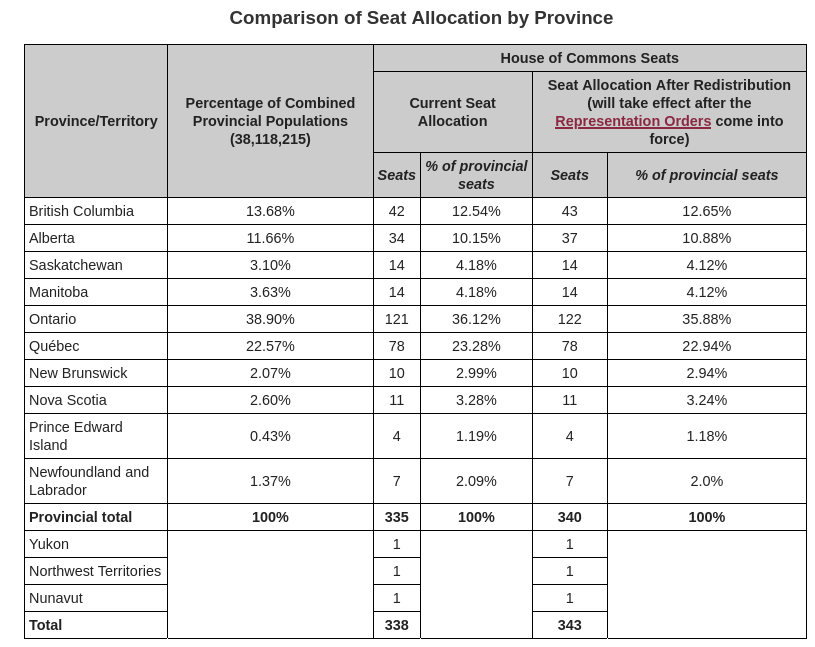It depends on how it is implemented. There are many examples out there. wikipedia list of electoral systems by country
A pure proportional voting would have no ridding/districts, I think this is more common for municipal and provincial level elections.
If the countries are divided into independent-ish states or provinces, they can divide the population by the number of available seats - that means a province with 10% of the population, ideally would have close to 10% of the seats.
I am not a big fan of breaking down provinces further because the more you divide into smaller districts, more votes are thrown away, and you open it up for gerrymandering.
Canada seems to do a good job dividing seats per province, the problem is that the provinces break it down into districts and use first past the post voting to elect officials.
I would not say Edmonton is making it easier. They used to have more summer streets (maybe covid related), and pretty much all attempts into new bike lanes were soon converted into parking / car lanes.
Even if the sidewalks were not so narrow and close to a busy street, things are so far away from each other and extremely car centric. For example, Hawrelak Park is a straight line by car, but a zigzag if you are walking from north of the river.
You can check the "walkability" of most cities and districts here https://www.walkscore.com/
